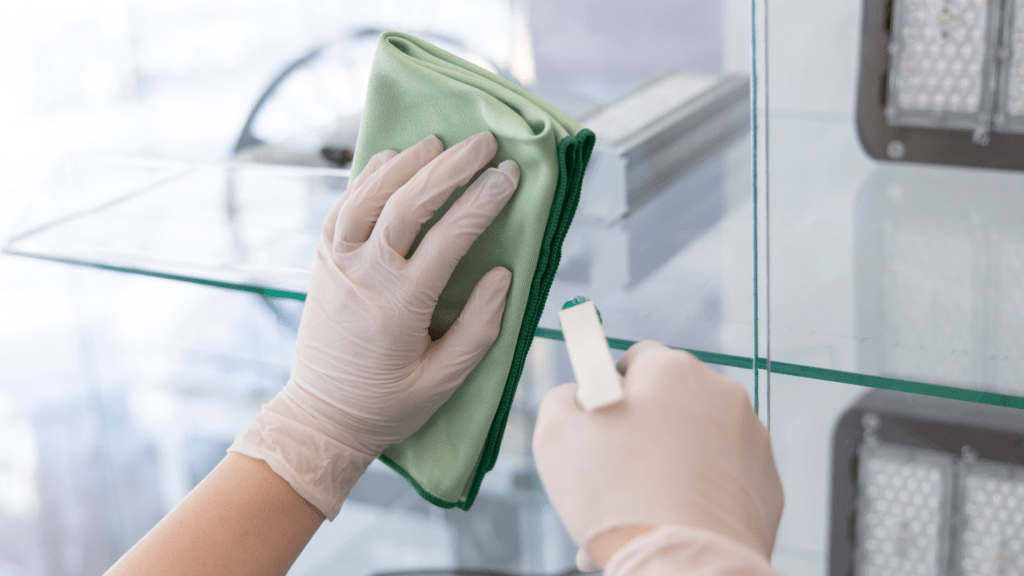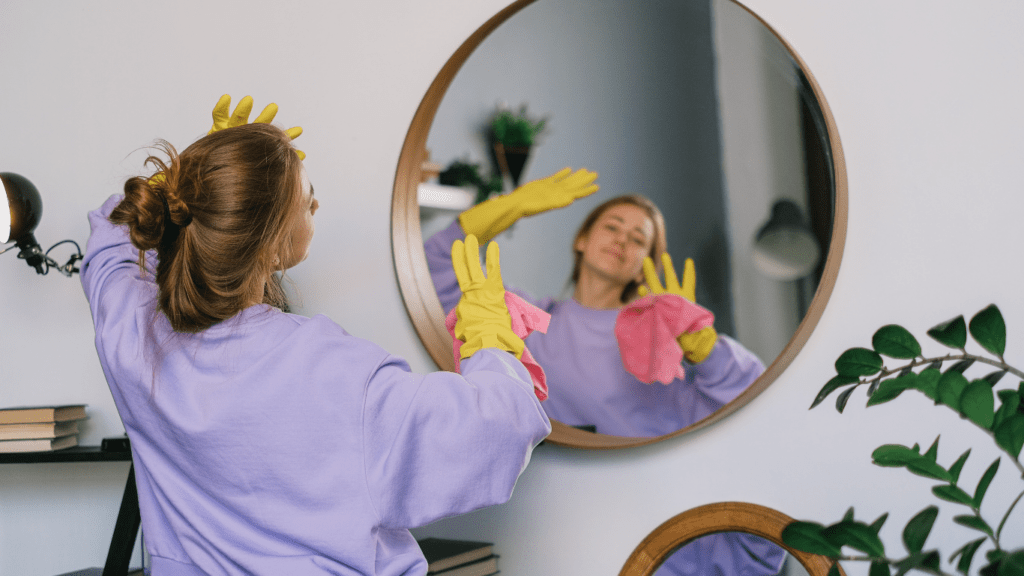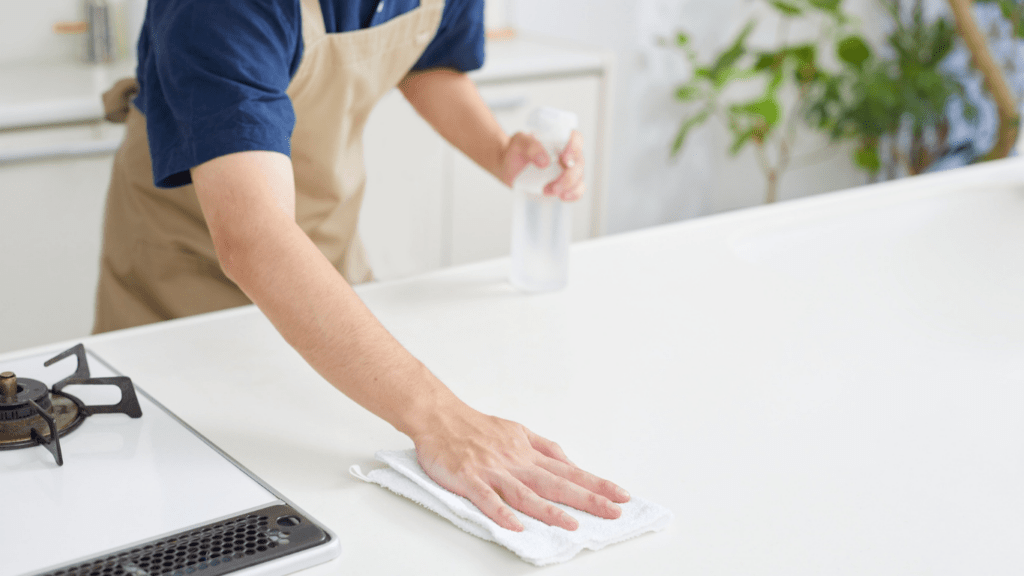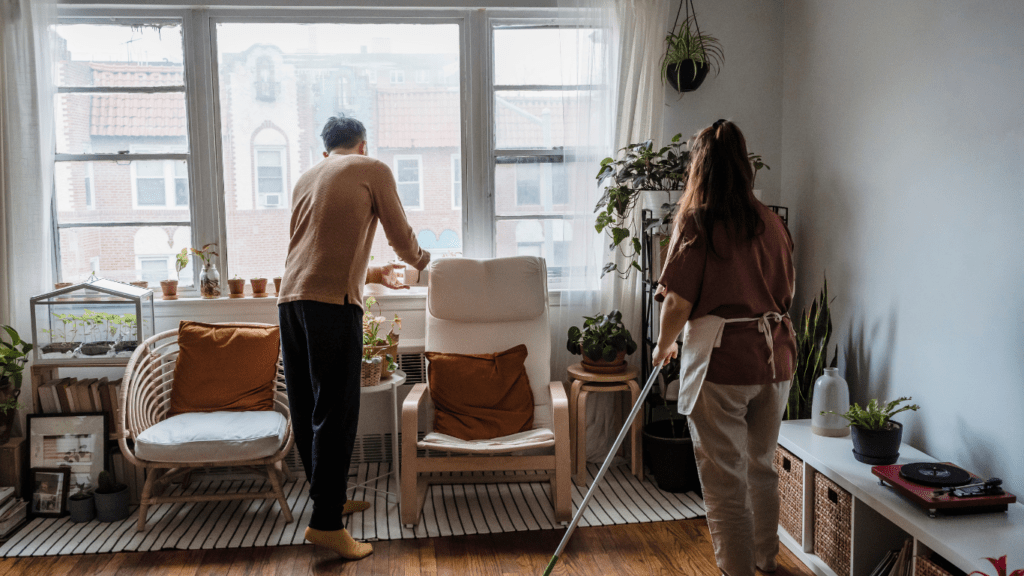Creating a safe sleep environment for infants and toddlers is one of the most crucial responsibilities for any parent or caregiver. With so much information available, it can be overwhelming to determine the best practices for ensuring a peaceful and secure sleep space.
I’ve navigated this journey myself and learned that small adjustments can make a big difference in promoting safe sleep. In this article, I’ll share essential tips and guidelines to help you create the ideal sleep environment for your little ones.
From choosing the right crib to understanding safe sleep positions, I aim to equip you with the knowledge you need to protect your child’s well-being during those precious sleep hours. Let’s dive into the best practices that can provide peace of mind for both you and your child.
Understanding Safe Sleep Spaces
Creating a safe sleep space is crucial for the well-being of infants and toddlers. This section outlines key factors that contribute to a secure sleep environment and the potential risks that may arise.
Importance of Safe Sleep for Infants and Toddlers
Safe sleep practices significantly reduce the risk of Sudden Infant Death Syndrome (SIDS) and other sleep-related incidents. The American Academy of Pediatrics (AAP) recommends placing infants on their backs for every sleep, using a firm sleep surface, and keeping the sleep area free of soft bedding, toys, and bumper pads.
Establishing a safe sleep routine fosters healthier sleep patterns and promotes overall growth and development during critical early years.
Common Risks in Sleep Environments
Many risks exist within sleep environments that can jeopardize an infant’s or toddler’s safety. These include:
- Suffocation Hazards: Soft bedding and objects like pillows or stuffed toys can block an infant’s airway, leading to suffocation.
- Entrapment Risks: Cribs that are old or improperly assembled may allow an infant to become trapped between the mattress and crib frame or in other unsafe spaces.
- Overheating: Excessive bedding or clothing can lead to overheating, increasing the risk of SIDS. Maintaining a comfortable room temperature is essential.
- Unsafe Sleep Locations: Sleep spaces outside of designated cribs or bassinets, such as couches or adult beds, pose greater safety risks due to the potential for rolling or falling.
Ensuring a risk-free sleep environment involves regular checks and adherence to established safety guidelines.
Best Practices for Creating Safe Sleep Spaces
Creating a safe sleep space for infants and toddlers involves careful consideration of various factors. I focus on key elements such as selecting the right sleep surface and appropriate bedding and sleepwear to ensure optimal safety.
Choosing the Right Sleep Surface
Selecting the right sleep surface is crucial for infant and toddler safety. I recommend using a crib or bassinet that meets current safety standards set by the Consumer Product Safety Commission (CPSC).
A firm mattress is essential; it should fit snugly in the crib without any gaps that could lead to entrapment. Additionally, always ensure the crib complies with regulations and hasn’t been recalled. For travel purposes, portable cribs must also adhere to safety guidelines.
Appropriate Bedding and Sleepwear
Using appropriate bedding and sleepwear significantly reduces risks during sleep. I recommend a fitted sheet made from breathable materials that fits the mattress securely. Avoid using soft bedding, such as blankets, pillows, or bumper pads, as these pose suffocation hazards.
Dress infants in sleep sacks or wearable blankets instead of loose blankets. For toddlers, lightweight pajamas provide enough warmth without the need for additional bedding. Always prioritize comfort while adhering to safety guidelines.
Guidelines for Safe Sleep Positions
Ensuring safe sleep positions for infants and toddlers is crucial for minimizing risks associated with sleep-related incidents. Following expert recommendations helps create a secure environment.
Recommended Sleeping Positions for Infants
I prioritize placing infants on their backs for every sleep. This position significantly reduces the risk of Sudden Infant Death Syndrome (SIDS), as endorsed by the American Academy of Pediatrics (AAP).
It’s critical to maintain this back-sleeping position until the child reaches their first birthday. If infants roll over independently, I still encourage adherence to the back-sleeping recommendation.
Surrounding the infant with a firm mattress snugly fitting the crib further supports safety. Avoid soft bedding, pillows, and stuffed toys in the sleep space, as these items pose suffocation risks.
Transitioning to Toddler Sleeping Positions
When transitioning to toddler sleeping positions, I emphasize allowing toddlers to choose their preferred sleep position. Most toddlers still sleep safely on their backs, but some may naturally shift to their sides or fronts.
As children gain greater mobility, maintaining a safe sleep environment remains essential. Ensure the toddler’s bed meets safety standards by using a mattress that fits securely within the frame. I also advise against placing any soft objects in the toddler’s sleep area.
In addition, confirm that the room temperature remains comfortable to prevent overheating, adjusting sleep clothing accordingly.
Monitoring Sleep Environment
Monitoring the sleep environment is crucial for ensuring infants and toddlers remain safe during rest. Key aspects to focus on include room temperature and eliminating potential hazards in the sleep area.
Room Temperature Considerations
Room temperature plays a significant role in sleep safety. Ideally, I maintain the temperature between 68°F and 72°F (20°C and 22°C). This range helps prevent overheating, which increases the risk of SIDS.
Using a room thermometer allows me to regularly check the temperature. Lightweight sleep clothing, such as sleep sacks or breathable pajamas, keeps infants comfortable without excessive warmth. I avoid heavy blankets and quilts to further minimize the risk of overheating.
Additionally, I ensure good ventilation in the room by using fans if necessary, but I keep them away from the sleep area to prevent any drafts.
Eliminating Hazards in the Sleep Area
Eliminating hazards from the sleep area is vital for creating a safe environment. I routinely check the crib or bassinet to ensure it meets current safety standards set by the CPSC. I keep the sleep area free of soft bedding, including pillows, toys, and bumper pads, which can pose suffocation risks.
I ensure that the mattress fits snugly within the crib to prevent entrapment. For toddlers, I remove any items that could obstruct their movement or pose choking hazards. Regularly inspecting the sleep space for toys or clutter helps maintain safety and reduces the risk of accidents while children sleep.



